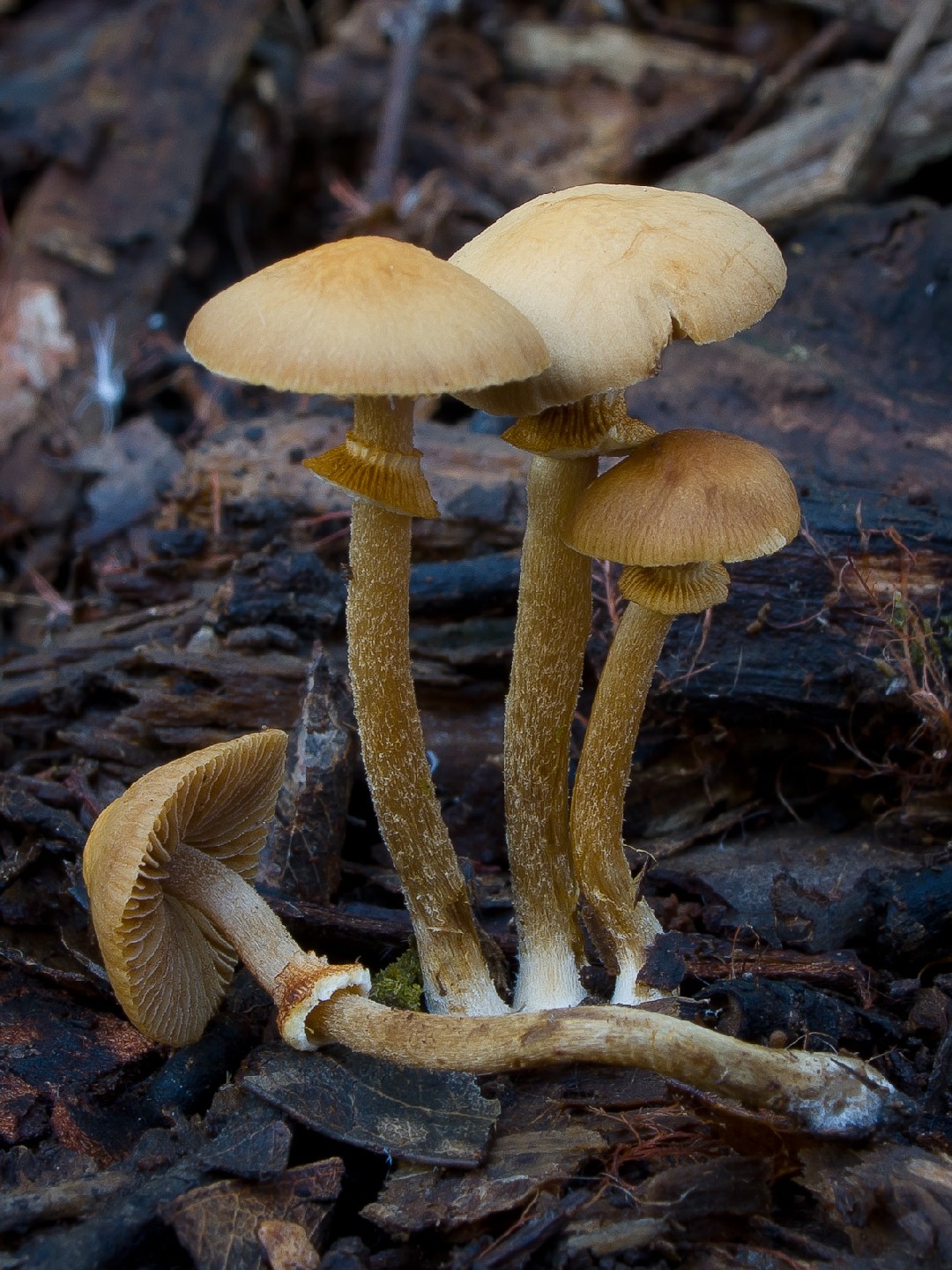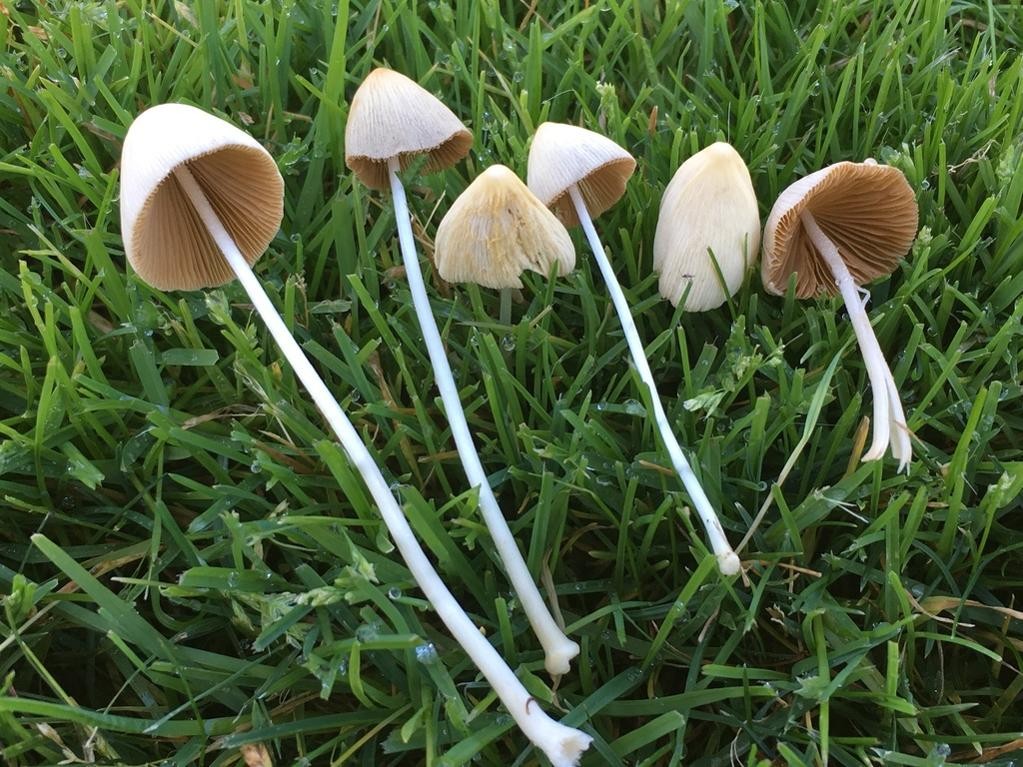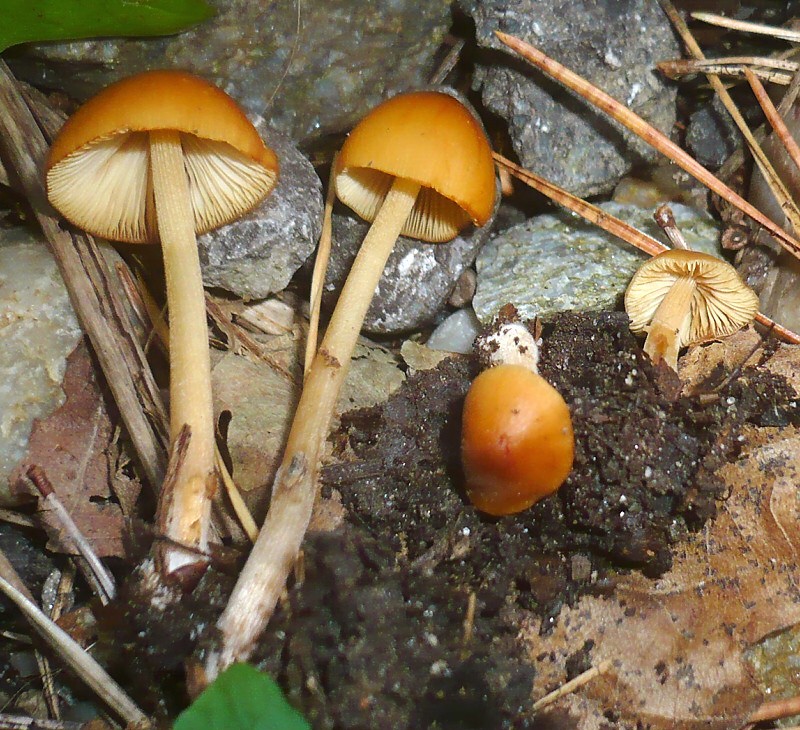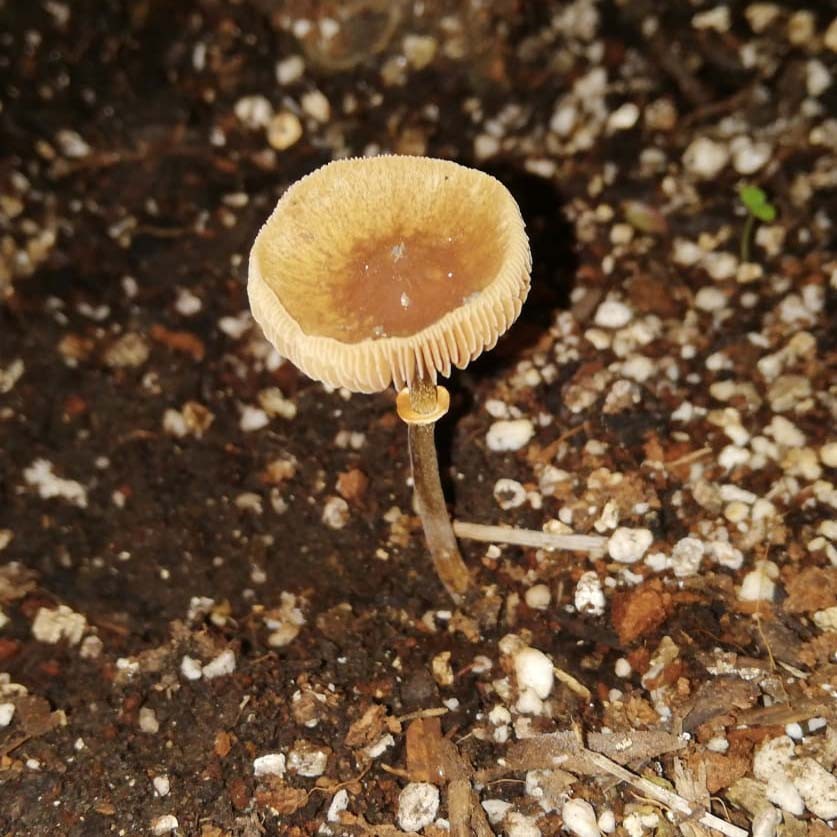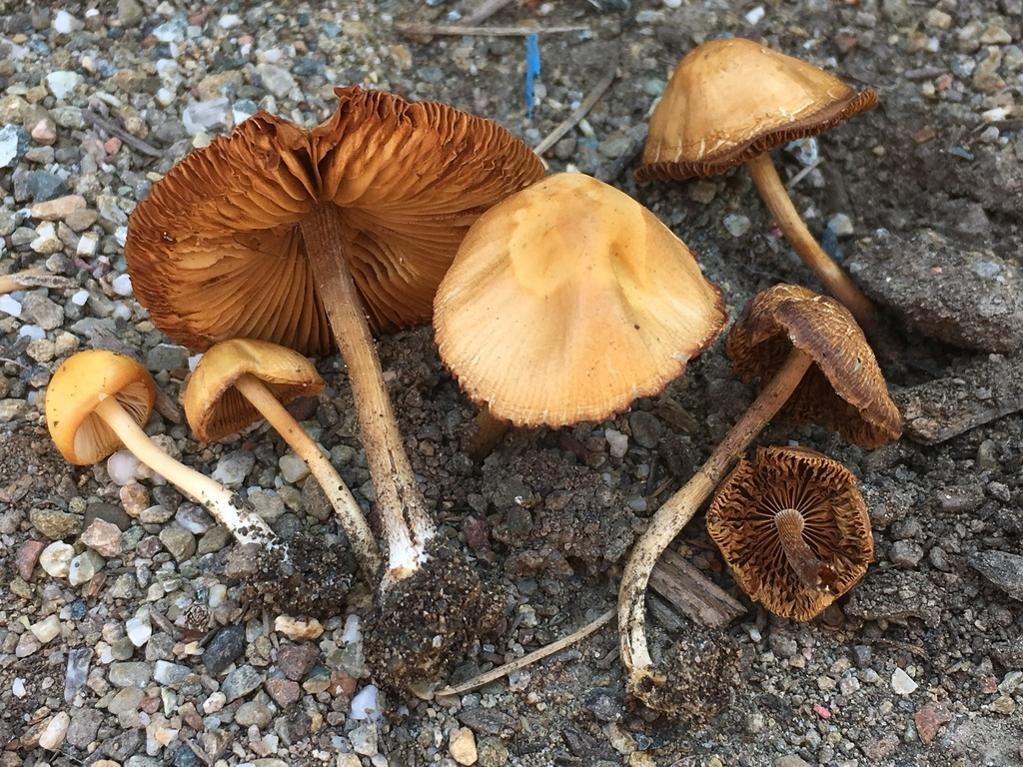Conecaps
Scientific name: Conocybe
Conecaps
Scientific name: Conocybe
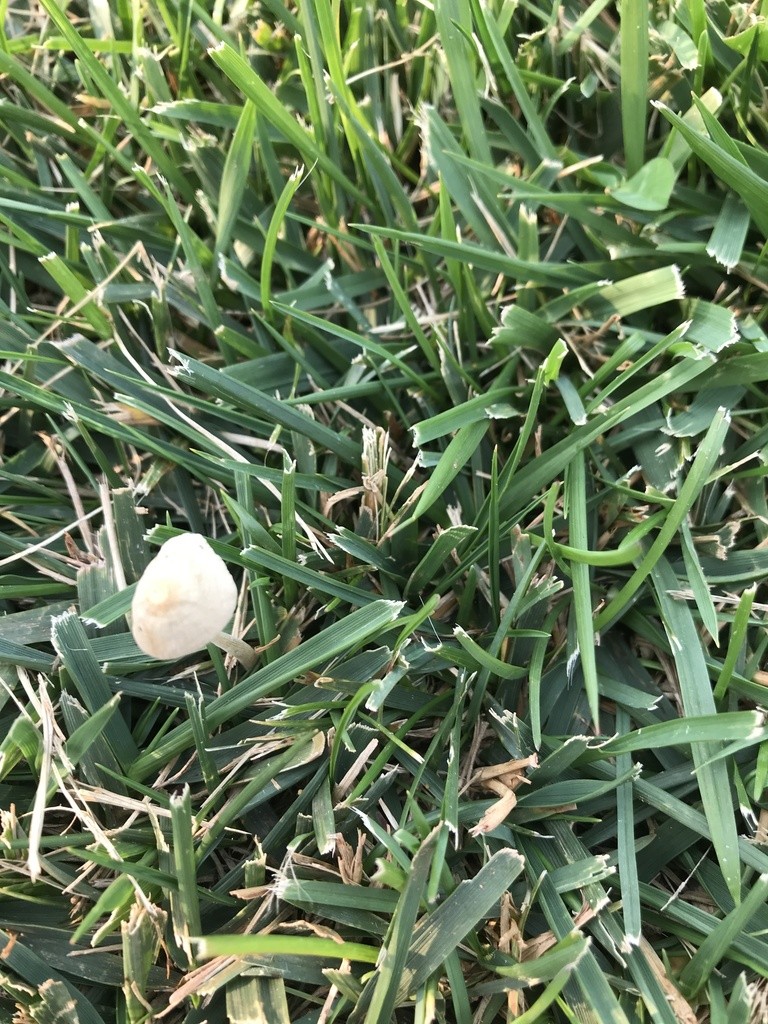 Photo By Jennifer Rycenga , used under CC-BY-4.0 /Cropped and compressed from original
Photo By Jennifer Rycenga , used under CC-BY-4.0 /Cropped and compressed from original Description
Conecaps are small, delicate fungi often found in grassy areas, especially during warm, wet weather. These fungi have a distinct conical cap and are typically tan or brown in color. Many species within this group have a fleeting lifespan, appearing and disappearing within a day. Notably, conecaps are known for their rapid growth, often blooming overnight. They play an important ecological role by breaking down organic matter in the soil.
Species of Conecaps
Scientific Classification
Phylum
Club fungi Class
Mushroom-forming fungi Order
Gilled fungi Family
Bolbitiaceae Genus
Conecaps 